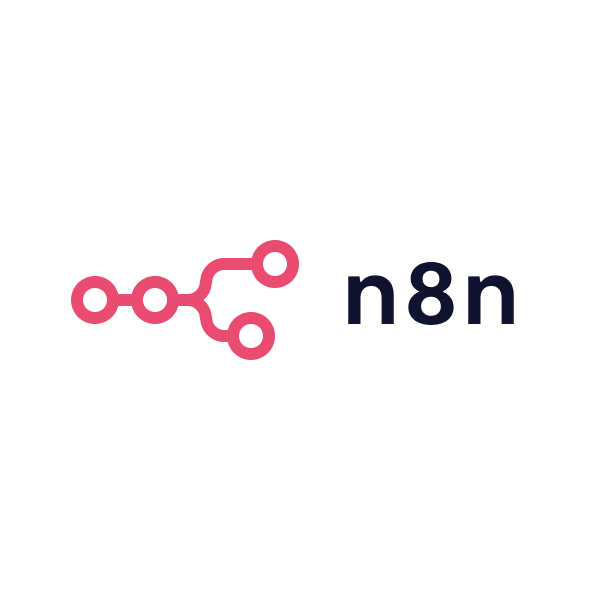If you’ve decided to integrate Slack into your marketing operations, here’s how to make the most of it.
Setting up Slack for marketing
To start using Slack effectively, the first step is to set up your workspace. Create channels that cater to specific marketing activities, such as #campaigns, #content, #analytics, and #creative. This way, each team member can easily find information and contribute to the right discussions. Setting up channels based on topics or projects will keep your conversations organised and focused.
Naming your channels clearly is also important. For example, channels like #marketing-ads, #marketing-social-media, or #marketing-email will make it easier for team members to navigate through Slack. Consistency in naming conventions will ensure that everyone knows where to post and what to expect from each channel.
Managing notifications
The key to managing distractions in Slack is to customise your notification settings. To reduce interruptions, limit your notifications to mentions and direct messages only. This way, you won’t be notified every time someone posts in a channel you’re not directly involved in.
Slack also offers a “Do Not Disturb” mode, which you can use during focus time or meetings. This helps you stay focused without being constantly interrupted. You can also set notification schedules to align with your working hours, ensuring that you receive alerts when they are most relevant.
Automating workflows
Slack’s Workflow Builder allows you to automate various processes. For instance, you can set up an automation to post new content alerts in a designated channel whenever a new blog or resource is published on your website. You can also set up automated reminders for team members to update campaign statuses or deliverables. Automating these tasks saves time and ensures important updates are not missed.
Using Zapier to connect Slack with other apps in your stack can also boost your productivity. For example, you can automate the process of creating a new task in Asana or Trello whenever someone posts a message in Slack. Similarly, you can send a daily summary of new leads from your CRM to Slack, ensuring your team stays updated without manually checking the system.
Collaborating with external partners
Slack Connect allows you to collaborate with external teams, clients, and partners. You can set up shared channels to communicate with people outside your company while keeping your internal communication separate. This is ideal for agencies or marketing teams that work with external partners on campaigns.
Make sure to control access to sensitive channels. Slack offers various permission levels, so you can control who can view and contribute to certain channels. Reviewing access regularly ensures that you maintain security and control over your projects.
Enhancing productivity
Slack can be a productivity booster if used properly. Pin important messages or documents to channels to make sure that team members can access them easily. Setting up reminders for tasks or meetings is another way to stay on track without relying on memory alone. Slackbot can be programmed to send helpful tips or reminders, which can guide your team throughout the day.
You can also make use of Slack’s search feature, which allows you to quickly find past messages and files. This can save time compared to sifting through emails or other platforms to find relevant information.
Monitoring and analytics
To track how effectively Slack is being used in your team, you can use Slack’s analytics features to monitor channel activity and engagement. You can see how often team members are posting, which channels are the most active, and which members are most engaged. This helps identify areas where communication could be improved and which team members might need more support.
Regular feedback from your team is essential for improving Slack’s usage. It’s important to gather feedback on whether the tool is helping streamline communication or causing distractions. Based on this feedback, you can adjust the way you use Slack to ensure that it continues to serve your team’s needs.
Conclusion
Slack is a powerful communication tool that can be highly beneficial for marketing teams, but it requires careful management to avoid distractions. By setting up your workspace strategically, customising notifications, and using automations effectively, you can streamline communication, improve productivity, and ensure your team remains focused on their core tasks. With the right balance, Slack can become an invaluable asset in your marketing toolkit.





